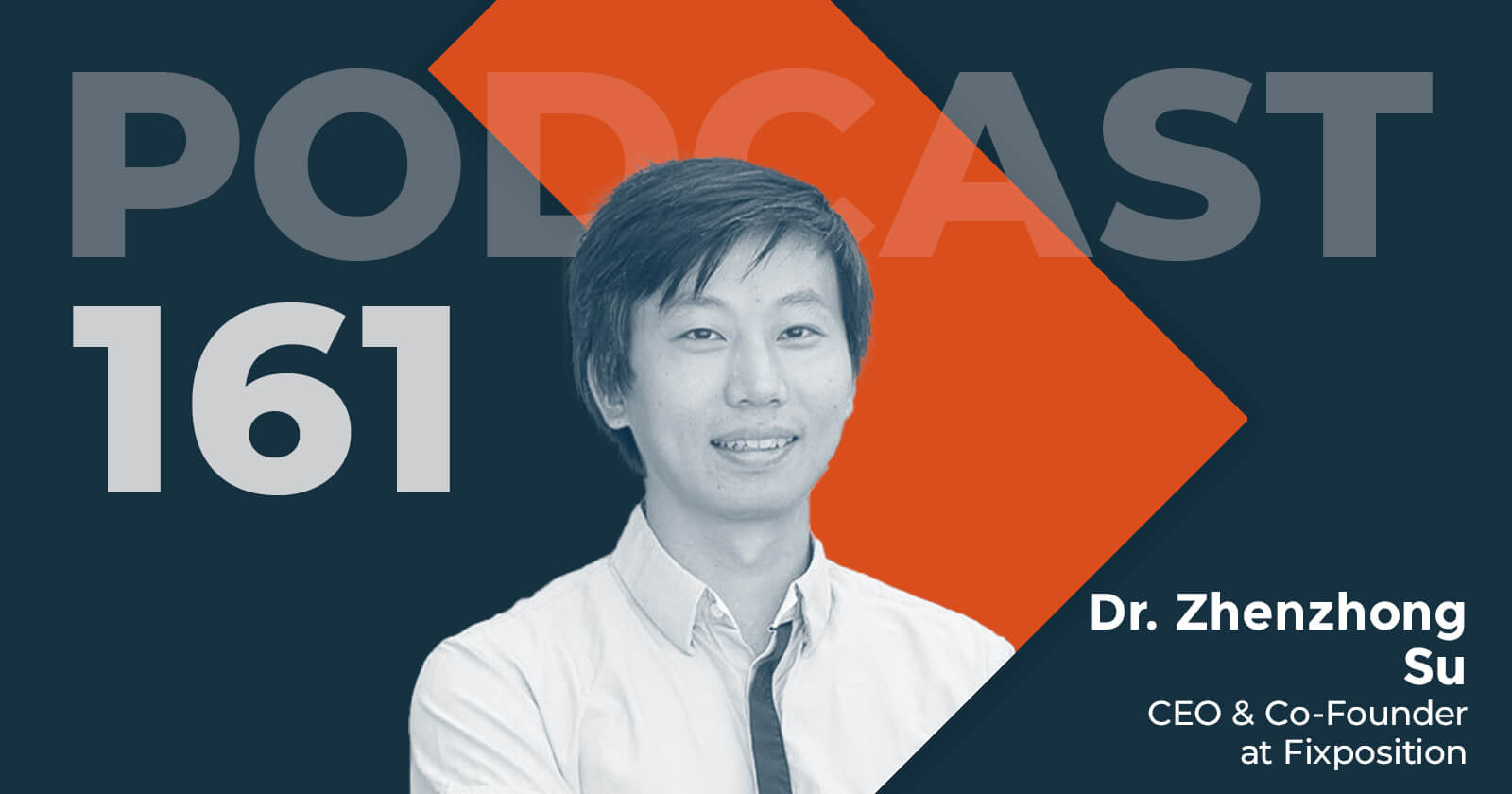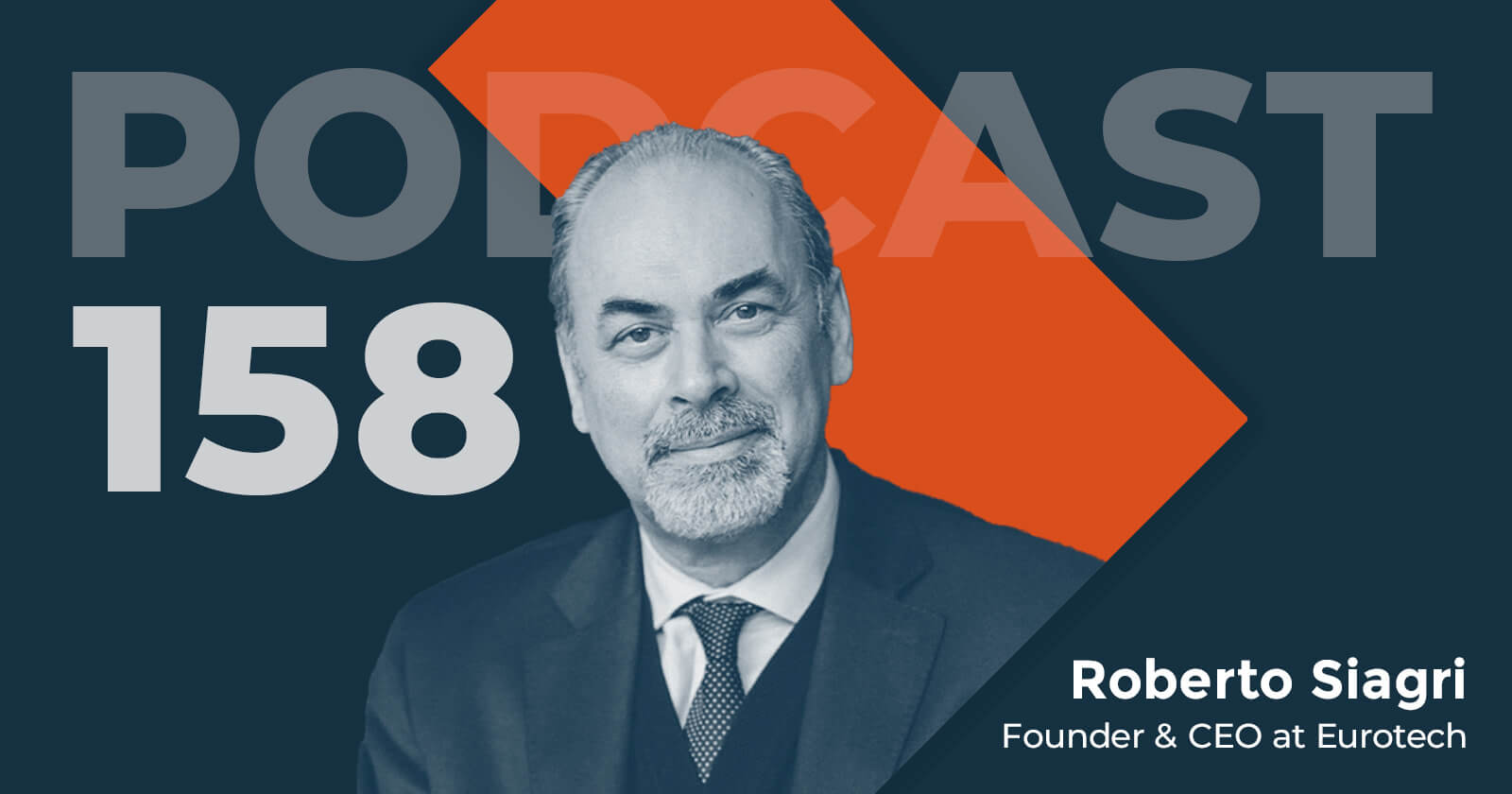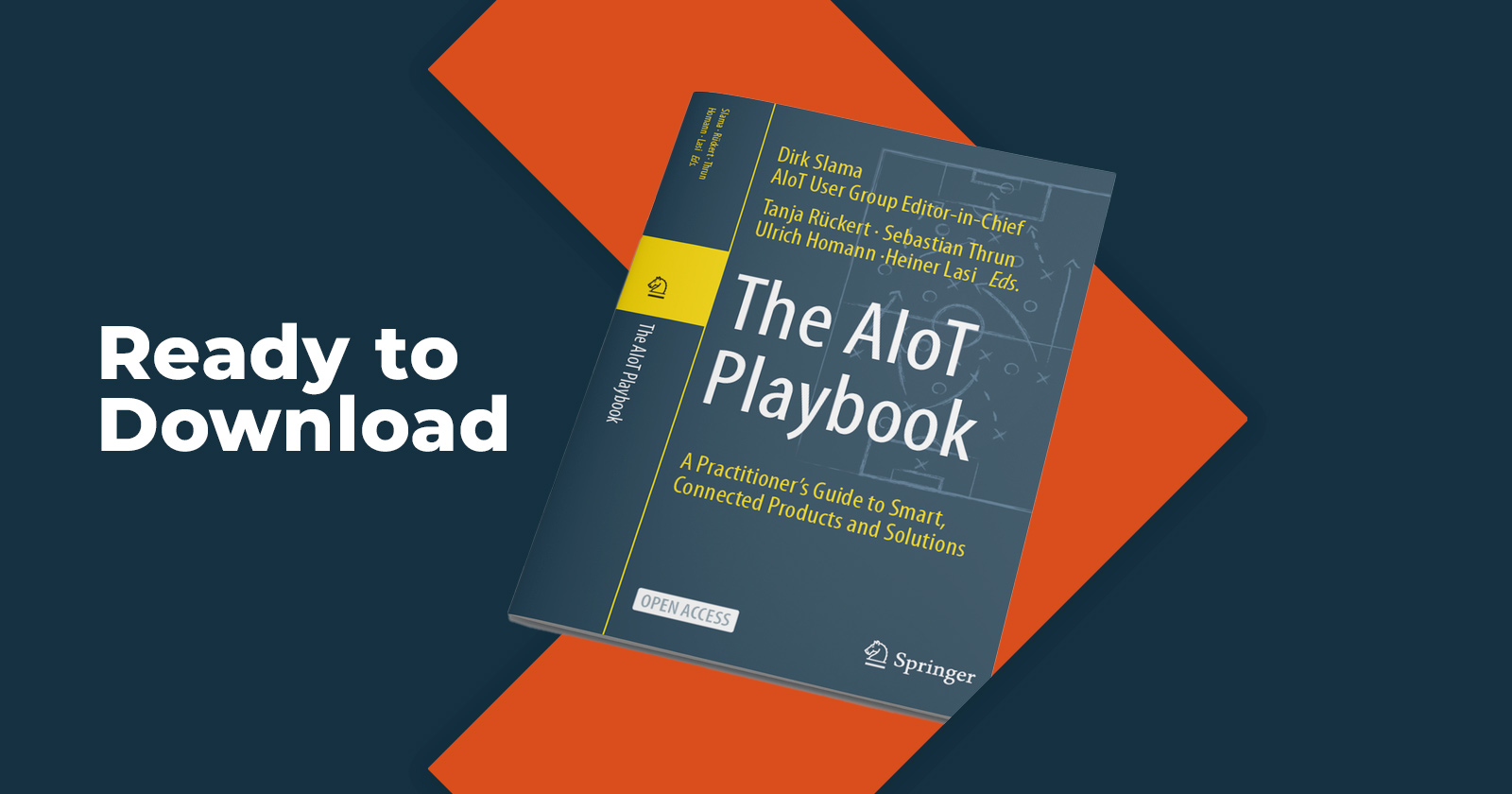Spotlight
Using AI to Power Digital Transformation
Ed Maguire

This series highlights the key insights and lessons from our Digital Leadership series of podcasts. We spotlight the important takeaways from our interviews in an accessible format. The following insights come from Babur Ozden, Founder and CEO of Maana. Stay tuned for the full podcast interview with Babur Ozden, in the meantime, take a look at our full library of podcasts.
Could you talk about the business problem that has led you to found your company?
We are in the space of industrial digital transformation, we help our clients and we help industries in general to go to a post-digital state. That journey for each company is actually a roadmap of hundreds of new use cases, so they will develop, test, deploy and maintain hundreds of use cases, in the course of three to six years. So, the business need and the business problem is the speed at which these use cases could be bootstrapped from data, from tacit knowhow, and put in use. The need is how can you accelerate the development of that many use cases, with as little human need as possible, as well as creating new types of data from these new use cases, stored and consumed in a very different fashion than the traditional data silo-ing approaches.
We’ve been having a lot of conversations about digital transformation, and one of the common themes is that every project is really a bespoke undertaking. We have not yet reached a level of maturity being able to have replicable templates easily. How do you think about that?
If you look at a very large industrial organization, their ambition is to achieve some business returns measured in multi-billion dollars in annual scale at the end of this journey. Of course, there is not a single “silver-bullet” use case for you to do that, it’s a series of hundreds of use cases spread across the entire enterprise. For example, in the oil and gas space, in a single company that would be dozens of use cases, in each of the exploration department, drilling department, production, refining, shipping, trading etc. So, the ability to build this many use cases, and when its original data that’s going to bootstrap these use cases, coming from hundreds if not thousands of different data silos behind an organization firewall, it is extremely important not to repeat the old habit of silo-ing in this new world.
What is important about de-siloing?
There’s something fundamentally different in this digital world because we attempt to deploy a new category of algorithm in the industrial world called machine learning, which is at its best when its tackling data without silos. If you look at pure digital companies like Uber, or Amazon.com, these companies have no data silos, everything is in one place in one shape, and so every local decision therefore could be globally optimized.
The natural place to do digitization is on a cloud, it is far more cost-efficient there to be able to do that. Secondly, once the company that’s embarking on digital transformation picks its cloud or multiple cloud providers, to host these digital ambitions, the next thing they do is create a data platform; this data platform brings data from hundreds, if not thousands of different data sources across the enterprise into a single place, so the very first act is de-siloing data. That’s making data available to these new use cases, and our functional role in this digital stack is to make that data which is now de-siloed useful. So, we provide another layer of de-siloing the knowledge potential in that data, and we add another layer of de-siloing on top of it.
How you decide and define the knowledge where you apply your approach to generate knowledge from data?
We approach from an operational angle; if you take a large oil and gas company and across its enterprise it has about 500 major operational decision points, where every day tens of thousands of people at these operational decision points would make 100,000-200,000 decisions. So, the use cases that you would see in a digital road map involve, if not all, then most of these decision points. How can we use our data that you see so many different places and bring it about to answer a specific operational question? These questions are almost always the same which people ask over and over, so each operational decision point is a digital use case, and each defines a problem space.
A decision point would be to answer a very specific question, ‘Which oil wells should I abandon this month?’ So, this is no different than asking Google, ‘What can I eat today?’ because that question is submitted to Google several million times every year across the world, so answering that specific question is in a computational knowledge graph in Google. It’s not a random query because they know that query is going to come, and they know about you, they may figure out where you are, they may know your eating habits, dietary habits, and based on that they will attempt to answer or make a recommendation to you. Of course, in the industrial world the world is not that simple, but it is still a fixed problem domain which could be mathematically modelled.
Could you talk about some of the success or examples of uses that have even surprised you?
One would be in the world of shipping, this is when a vessel learns that it cannot make a scheduled port call, and it has a number of fixed hours to find an alternative port and reroute its logistics. If you think of 70% of the world’s trade is carried in maritime around the world, and if you could help some of the major players of that industry to assess and remedy this problem, you’re actually significantly contributing. So, that’s one area that our product has been used.
Another is reduction in parts sent to the field. Large companies send parts to their assets in the field to do the initial installation, annual or regular maintenance, inspections, repairs, etc., in some heavy industries one out of three parts sent were never used, others significant losses; so can you improve that, can you help a field technician that has just received an electronic ticket from a service center to make the right parts selection, so the part waste will be reduced?
Another is to help people who are taking over shifts in large industrial operations, a day shift, a week shift, or if it’s an oil rig it’s a shift change every three weeks, so that when a new shift is coming in and taking over from a departing shift, how can you inform the new shift of all the health, safety, and environmental risk they may be facing so that the operation during that shift doesn’t have any incidents? So, it’s a wide-range of things.

Momenta Partners encompasses leading Strategic Advisory, Talent, and Investment practices. We’re the guiding hand behind leading industrials’ IoT strategies, over 200+ IoT leadership placements, and 25+ young IoT disruptors. Schedule a free consultation to learn more about our Connected Industry practice.



